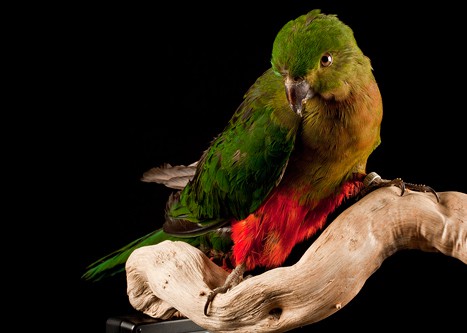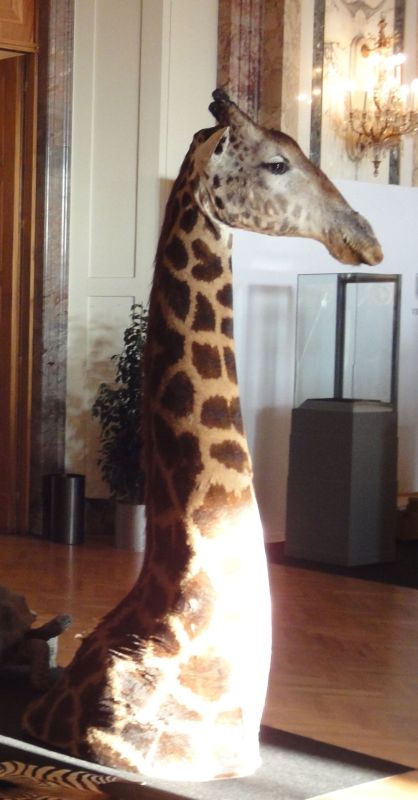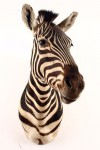Red-winged Parrot – Aprosmictus Erythropterus
Red-winged parrot – Aprosmictus erythropterus
This species has a bright green head with blue reflections on the hood and neck. The plumage, back and scapulars form a black set. The lower back and rump display a bright blue color, slightly lighter near the tail. The lower parts are beautiful bright and clear colors, slightly greenish yellow. Legs and feet are gray-black.
The female has a predominantly green plumage and a red wing patch much smaller than the male. The youngs resemble the female, but they have a brown iris and a yellow beak. Young males acquire their adult plumage after the third moult.
They are native to Australia and New Guinea. They attend the semi-arid woodlands, eucalyptus plantations, the bushes of acacia, mangroves, farmland, plain savannas, shrub land, rivers and wooded areas.
They feed on trees and are more visible when they come ashore to drink. Reproduction starts in the South, from April and May and depending of regions from August to February. The nest is usually placed in an eucalyptus and eggs are deposited in a deep cavity whose bottom is lined with small wood chips. Laying includes 3 to 6 eggs incubated by the female alone for about 20 days. The male refuels his partner until the chicks have white down . After birth, the youngs are cared by both parents and they take off after 5 weeks. Their lifespan is estimated at 40 years.
This omnivore eats seeds, fruits, flowers, insects, inside mangroves.
The red-winged parrot is relatively common bird and still protected





